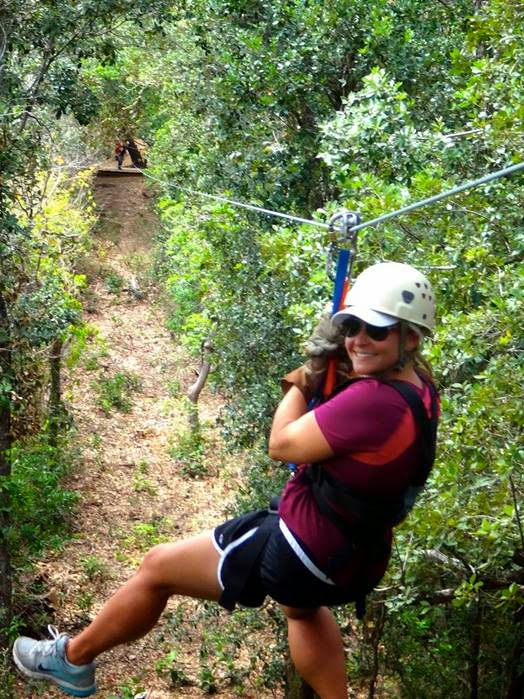Save The Bays CEO: Costa Rica Turned Environmental Protection into Tourism Winner
 |
| CONSERVATION PAYS – Save The Bays CEO Lindsey McCoy witnessed firsthand the profits to be gained from preserving natural beauty during a trip to Costa Rica. |
A leading environmentalist in The Bahamas said Costa Rica has shown every country in the Caribbean that preserving natural beauty pays, appealing to those who treasure flora, fauna and natural wonders above t-shirts and trinkets.
Lindsey McCoy, who was appointed CEO of the fast-growing environmental movement Save The Bays earlier this year, commented on the winning model Costa Rica has created after returning from her most recent re-discovery tour of the country that extends from the Atlantic on one coast to the Pacific on the other with a central mountain range overlooking its coastlines.
“And with only a tiny fraction of the world’s land mass, Costa Rica holds 6% of the world’s biodiversity,” said McCoy. “The jungles, the forests, the monkeys, the crocodiles – everything still has the feeling of being a little wild. Perhaps because they have done such a remarkable job of preserving what they have, especially the forests, they have created an oasis that appeals to anyone who wants to experience a place where the beauty of the natural world is all around you. We can do that here, too. We have so much to work with.”
 |
| McCoy on zipline About to take the plunge. Zip-lining is among the biggest attractions in mountainous Costa Rica |
The political will to reverse the process, said McCoy, spawned more than a decade of revival. Costa Rica signed on to 45 international treaties, created and funded a new environment and energy department, enacted reams of legislation with strong legs and regulations, won the buy-in from hoteliers and others in hospitality.
That about-face netted dramatic results.
Today, McCoy noted, 25% of the land is in national parks. Ninety-two percent of the electricity is generated by renewable sources.
“Even more exciting is that once their policy changed and they realized the value of protected land they were able to restore much of the forests they had lost to logging and agriculture,” said McCoy. “I have always respected Costa Rica for its focus on eco-tourism and promoting its natural resources, but when I started reading more about the country I realized its commitment to the environment goes even deeper…clean energy, paying for environmental services and policy to go carbon neutral.”
It was Costa Rica, she recalled, that created the Certification for Sustainable Tourism, now a badge of honour sought after by those in the hospitality industry in many countries.
 |
| McCoy family before tubing McCoy and her son Frye get ready to brave the rapids. A number of rivers in Costa Rica offer kayak and tubing attractions. |
May 06, 2014
Save The Bays
